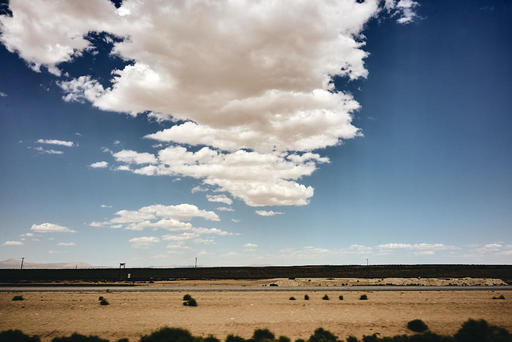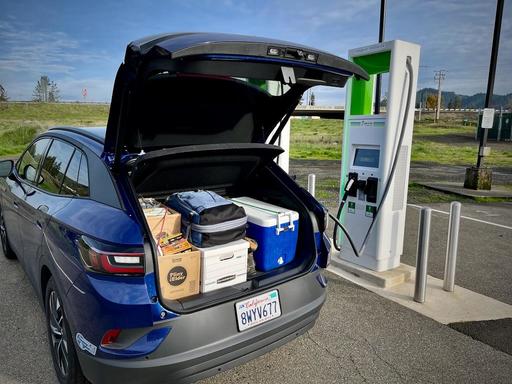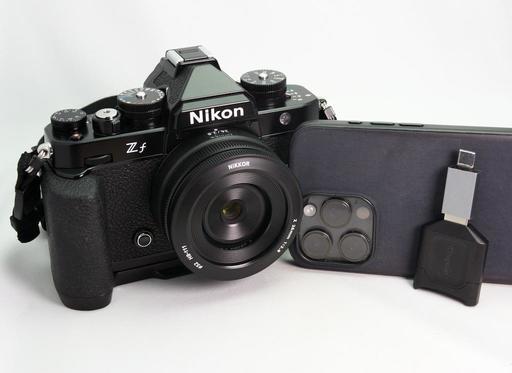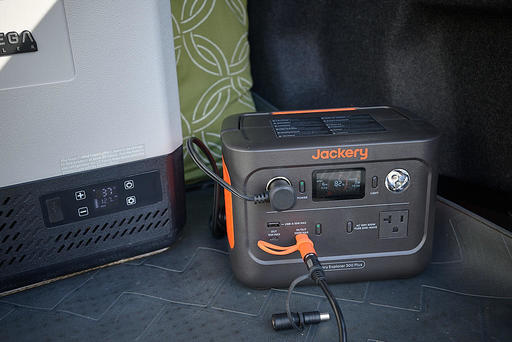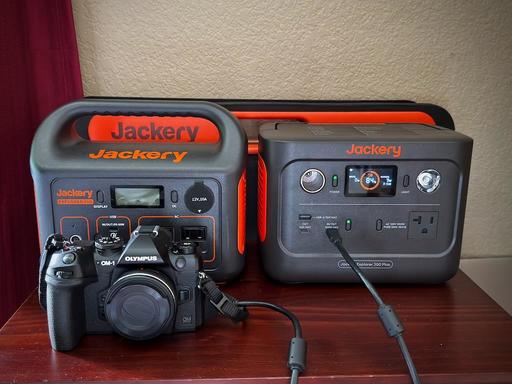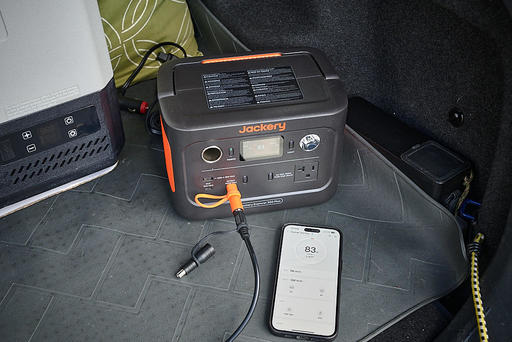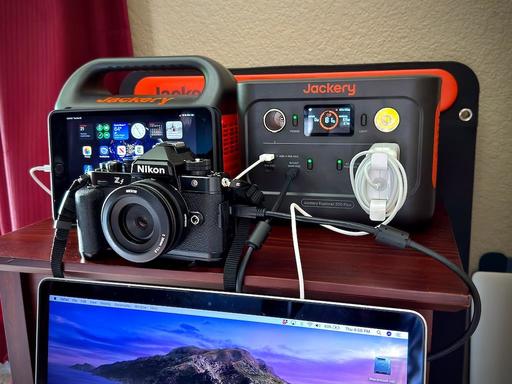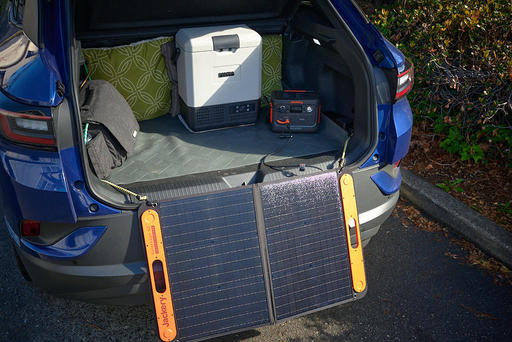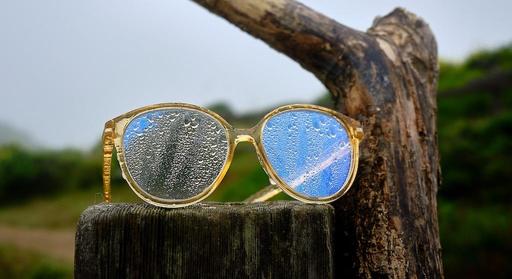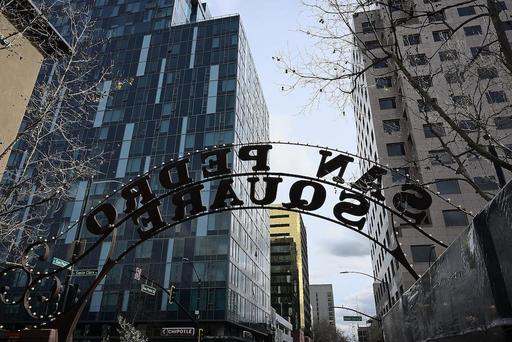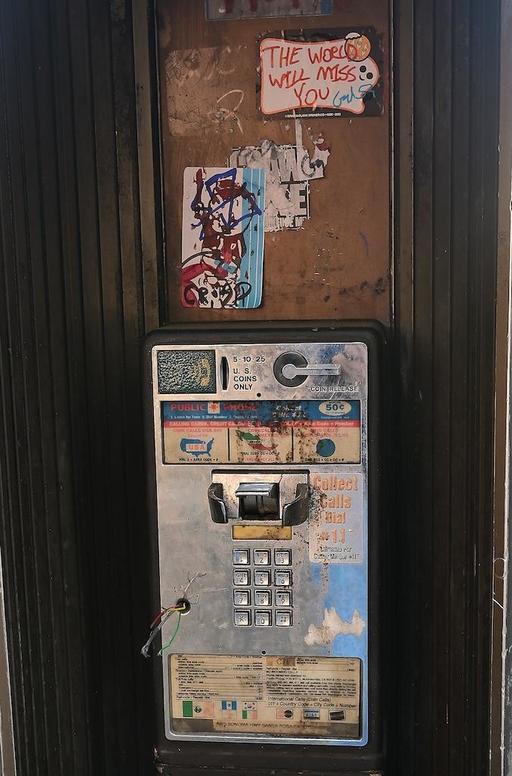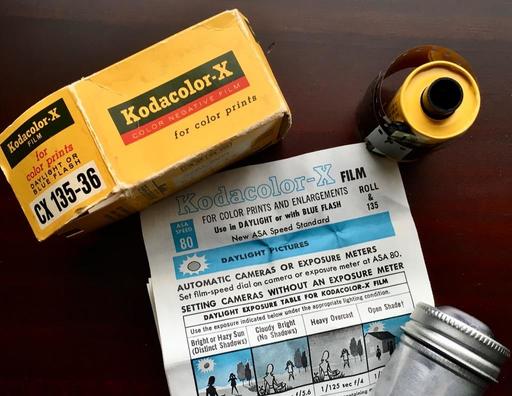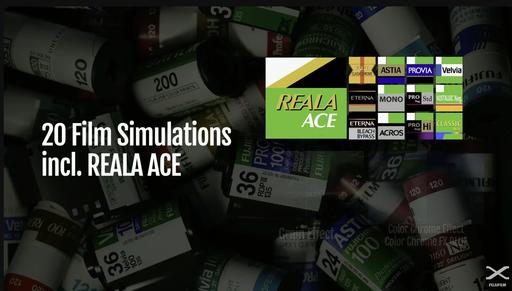This is The Digital Story Podcast #936, Feb. 27, 2024. Today's theme is "Is Something Really Wrong, or Is It Me?" I'm Derrick Story.
Opening Monologue
Even people who use electronics all the time can be baffled by them. You turn it on, get a warning light, and wonder, "Is something really wrong, or is it me?" It could go either way. And it's hard not to jump to conclusions. I've had a rash of these experiences lately. And I'll share a couple of them with you, if for no other reason, to demonstrate that we all fall into this trap. I hope you enjoy the show.
Digital Photography Podcast 936
Tune-In Via Your Favorite Podcast App!

Apple Podcasts -- Spotify Podcasts -- Stitcher
Podbean Podcasts -- Podbay FM -- Tune In
Is Something Really Wrong, or Is It Me?
I do admit, I push the envelope sometimes, especially if I can save a few dollars. In my mind, I am the king of repurposing. And for the most part, this works well for me.
But every now and then I trip on my own shoelaces. My latest folly, which I have to admit makes me laugh at myself, is a story about the Nikon Zf, which comes with one battery and no charger.
We all know that a happening photographer can not survive on one battery alone. And to buy a second would tack on $60 to the budget. So I examined an extra battery I already owned, the Nikon EN-EL15 that came with my aging D610 DSLR. It looked just like the EN-EL15c that came with the Zf with just a little less horsepower.
And sure enough, when I inserted the EL15 into the Zf, everything worked normally. Problem solved! I checked this substitution online and Nikon officially states that the EL15 was not supported in the Zf. But it was working great.
And to make things even better, the Nikon Battery Charger MH-25 that was also included with the D610 charged both the old and the new Nikon batteries. I was in frugal heaven.
Life has been good since this discovery. I have two batteries for the Zf, and that's all I need for my everyday photography. I keep the newer one in the camera and pack the older one as a backup.
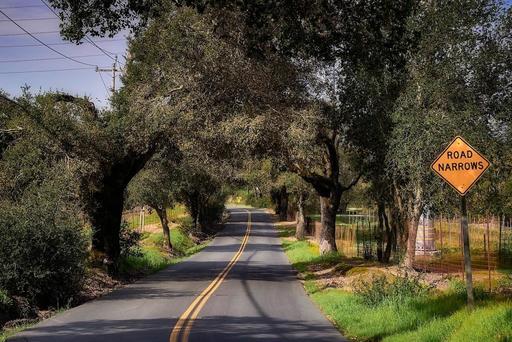
Then on a Saturday Theresa and I had some errands out in wine country. The rain had subsided, and the forecast was fantastic. "I'm bringing the Nikon," I said to myself.
I didn't have the battery charger at home. It was at the studio. "No problem," I thought. I can charge the Zf via a USB-C cable. So I dug around in my bag, found a nice substantial one, and connected the camera to a power source.
The charging light started blinking, continued for 30 seconds, then went dark.
"Hmmm," I thought. "Seems like it should stay on while charging." I checked the LCD screen and noticed that it was not charging.
"That's odd," I thought. I'll try again. Same thing happened. 30 seconds of blinking then nothing.
My next thought was shrouded in darkness. "Oh no! I have a defective camera." I took a deep breath. "Now hold on there cowboy. It's probably something simple. Maybe it's the cord or the power brick."
So, I found another cord and another brick. Same result. I tried yet another tandem. No charge. At this point I had the contents of my equipment bag spread all over the couch, and a battery that was only 40 percent charged.
When all else fails, read the owners manual. I found the PDF on my iPad and looked up charging. There was a note that stated when the light blinks for 30 seconds and goes out, it's a charging error. Excellent. I have the only Nikon Zf in California that won't charge via USB.
I felt defeated. I repacked the contents of my cord pouch and stuffed it back in the backpack. "Might as well tidy up," I thought. Then I poured myself another cup of coffee and pondered my situation.
"Why won't it work? Is it really broken?"
Then I thought of one last-ditch effort. What if I switched batteries and tried charging the backup? Who know, right?
I fetched the backup battery out of my backpack and switched it out with the one in the camera. Plugged everything ink, and waited. The charge light went on, and it was steady. I checked the LCD screen and it too indicated that the camera was charging. I was partially relieved.
I examined the battery that I had extracted from the camera; the one that one not charge. It looked fine. Then I noticed on the back of the battery that I was trying to charge the older EL-15, not the battery that came with the camera. I must have forgotten that I switched them.
Then my charging light went on. The Nikon was charging because it had the battery in it that came with the camera, not the 5-year-old cell that wasn't supported.
I guess that charging via USB involves more than just the camera, but the battery too. Nothing was wrong with my equipment. It was me.
Photomator 3.3 Adds a Powerful New File Browser to the Photo Editor
You can read the entire article on PetaPixel.com.
Pixelmator has released a significant update to Photomator, its award-winning photo editing app for Mac, iPhone, iPad, and Vision Pro. Photomator 3.3 includes a powerful new file browser built on native macOS functionality, promising a fast and convenient photo browsing and editing experience, no matter where photographers keep their files.
"One of the things that users love most about Photomator is how right at home it feels on Mac," says Simonas Bastys, lead developer at the Pixelmator Team. "And with the addition of the powerful file browser, it's now simpler than ever to browse and edit photos not just on Mac but also across external drives and cloud services."
Pixelmator says users can import "tens of thousands of photos in seconds" by dragging and dropping them into the new Photomator file browser. Edits are directly synced with the original photos without creating duplicate files or catalogs, helping photographers keep their large image libraries organized and clutter-free.
"Users can seamlessly edit photos stored across various cloud services such as Dropbox, Box, Google Drive, and Microsoft OneDrive, as well as SSDs, NAS devices, or SD cards, with the same ease as editing on their Mac. Regardless of the storage location, photo editing is completely nondestructive, letting users preserve the original photo and revert edits at any time," promises Pixelmator.
Photomator is available to download for free from the Apple App Store. Within the free version, users can access all of the app's editing tools and save a limited number of edited images. For unlimited access, users must pay $5 per month, $30 a year, or $120 for a lifetime license. Photomator is compatible with devices running iOS and iPadOS 16 or later for iPhone and iPad and macOS 13 or later for Mac.
The photo editing app was also named the Mac App of the Year last November by Apple.
My Testing Observations
Does work well and is fast. When it comes to RAW files, however, Photomator uses the Apple profiles. So if your Mac doesn't support a camera, such as my Nikon Zf, then neither will Photomator.
Infrared Photography Workshop - Online - June 2024
Do you feel like the world is looking like "the same old same old" through your camera's viewfinder? Have you felt your enthusiasm for photography waning? Then it's time for you to consider exploring infrared imaging.
Suddenly walks you've taken a hundred times look completely different as you see them through your camera. Old familiar subjects burst to life with new vibrancy. IR photography can energize your creativity, not only for this medium, but for all of your artistry.
Beginning June 5, 2024, join us for this 4-week exploration into the world of IR. During this event, you will learn:
- The best IR filter to start with.
- How to test your existing digital camera for infrared sensitivity.
- Learn about the different types of IR conversions for digital cameras.
- See how different IR filters produce wildly different results.
- Learn how to fine-tune your images with software you already own.
- Discover advanced techniques to take your images to the next level.
- And much, much more.
This online workshop (Zoom) begins on Wednesday, June 5, 2024, with both morning (9am PST) and evening sessions (4pm PST) available. We will convene weekly thereafter via Zoom for more training sessions (AM and PM), Q&A, and to compare notes. You can attend morning, evening, or both sessions. It's essentially the same content, just different participants.
It is so much fun.
Plus, you will have unlimited access to our online workshop community, DerrickStoryOnline. Here, you can mingle with other workshop participants (past and present), share images for comment, exchange tips and techniques, and enjoy the fellowship of other creatives who share your passion for image-making.
You can reserve your spot for the Infrared Online Workshop here.
Announcement: The Original OM-1 Has a Major Performance Firmware Upgrade [Coming]
You can read the entire article on FStoppers.com
OM Digital Solutions has been working on a firmware upgrade for their original OM-1. They announced the OM SYSTEM OM-1 Mark II interchangeable lens camera on January 30, and there have been many inquiries regarding the possibility of a firmware update to the OM SYSTEM OM-1 that was released nearly two years ago.
Not every feature of the new OM-1 Mark II will be included in the older camera with this firmware upgrade, no doubt because the Mark II version included new hardware to cope with the additional functionality. However, they are living up to their promise of updating the OM-1.
The future firmware upgrade is scheduled to be available later this year, most likely in October.
The improvements that will be brought about by the update will be:
Autofocus: Improvement of some AF performance capabilities, such as S-AF and C-AF in all-target mode to improve capture of main subjects
Operability: Improved usability through the option to assign the trash (delete) button as a menu access shortcut.
OMDS says it cannot include new features introduced with the OM-1 Mark II, such as Live GND - the in-built graduated filter - and AI Detection AF for humans.
Virtual Camera Club News
The Nimble Photographer Newsletter is now publishing every Thursday. Readers will enjoy a variety of content spanning from short photo essays, to commentary on weekly events, to reviews of the latest and coolest photo gear.
TDS Workshops! - You can sign up for available workshops by visiting The Nimble Photographer. Inner Circle Members receive a 10-percent discount on all events.
Inner Circle Members: A big thanks to those who support our podcast and our efforts! We are having a blast at our new Inner Circle hangout, the private group I've set up at DerrickStoryOnline. We'd love it if you join us. You can become an Inner Circle Member by signing up at our Patreon site. You will automatically be added to the new hangout.
Great Photography Articles on Live View - If you check out our publication and appreciate what you see, be sure to follow us and clap for those authors. You can find us at medium.com/live-view.
If you're interested in writing for Live View, drop me a line at dstory@gmail.com.
The New Donation Kit for Carefree Shipping of Found Film Cameras - If you've discovered a film camera that's no longer being used, our new Donation Kit makes it easy to pack and ship. Just visit the Contact Form on thenimblephotographer.com, click the box next to Donating a Film Camera, and let me know what you have. In your note, be sure to include your shipping address.
Affiliate Links - The links to some products in this podcast contain an affiliate code that credits The Digital Story for any purchases made from B&H Photo and Amazon via that click-through. Depending on the purchase, we may receive some financial compensation.
Red River Paper - And finally, be sure to visit our friends at Red River Paper for all of your inkjet supply needs.
See you next week!
You can share your thoughts at the TDS Facebook page, where I'll post this story for discussion.
